Artnet News Pro
Where the Cool Kids Are: Meet 5 Upstart Galleries Whose Artists and Dealers Hustle, Feast, and Party Together
These gallery crews know how to work hard and play hard.
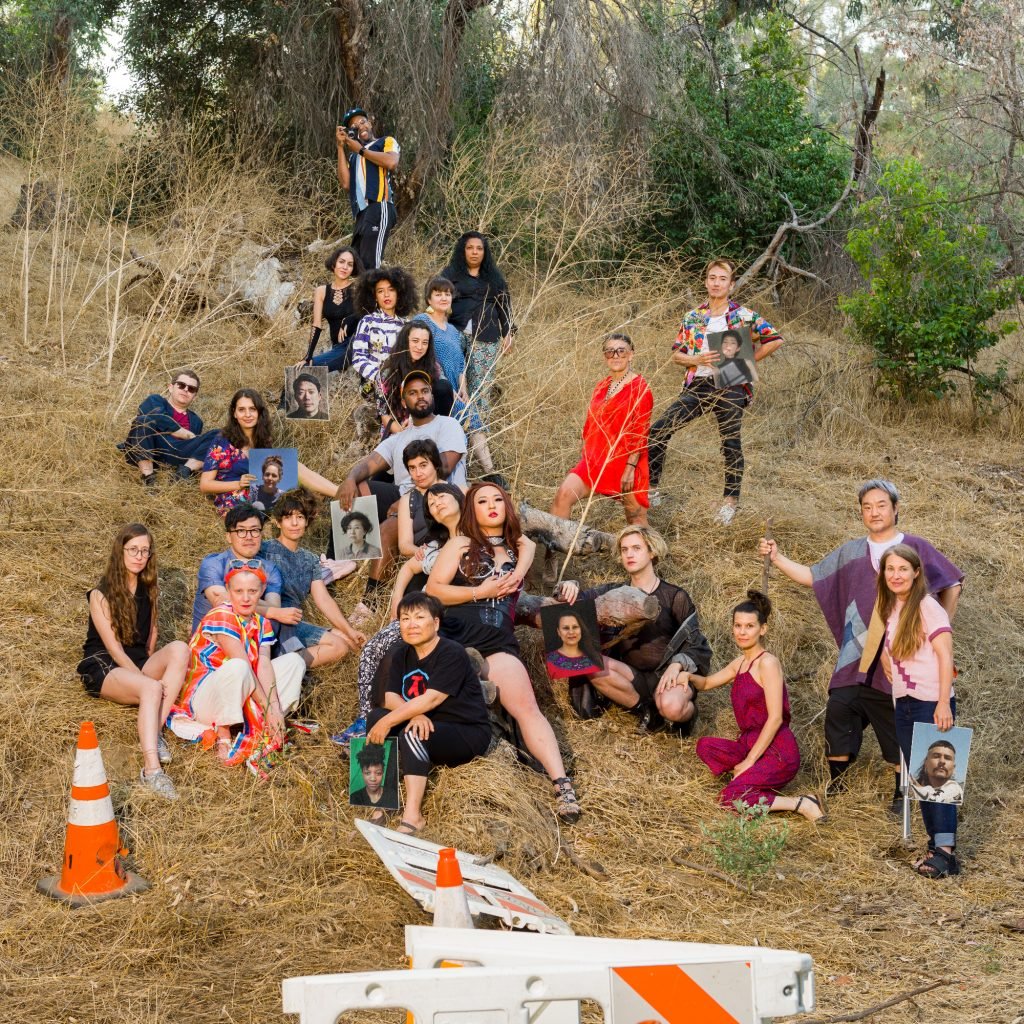
These gallery crews know how to work hard and play hard.

Nate Freeman

It’s been a pretty rocky 18 months for contemporary art galleries. Even when online fairs and viewing rooms allowed shops to connect clients with fresh work, the sense of personal connection inherent in every handshake deal was missing like a phantom limb.
Now, as vaccinations allow some of us to get back to the circus, art-world denizens aren’t looking just for galleries with solid programs. They want galleries that embody all the things we missed in 2020—groups of artists and dealers who live together, travel together, and most importantly, party together.
These five outfits in different art-world hubs embody that tight-knit ethos and exist on the same playing field—all in relatively cheap spaces with price points rarely going higher than the low to mid five figures. Once the circuit is fully back in action, make sure to drop by. There’s a good chance you’ll have a blast.
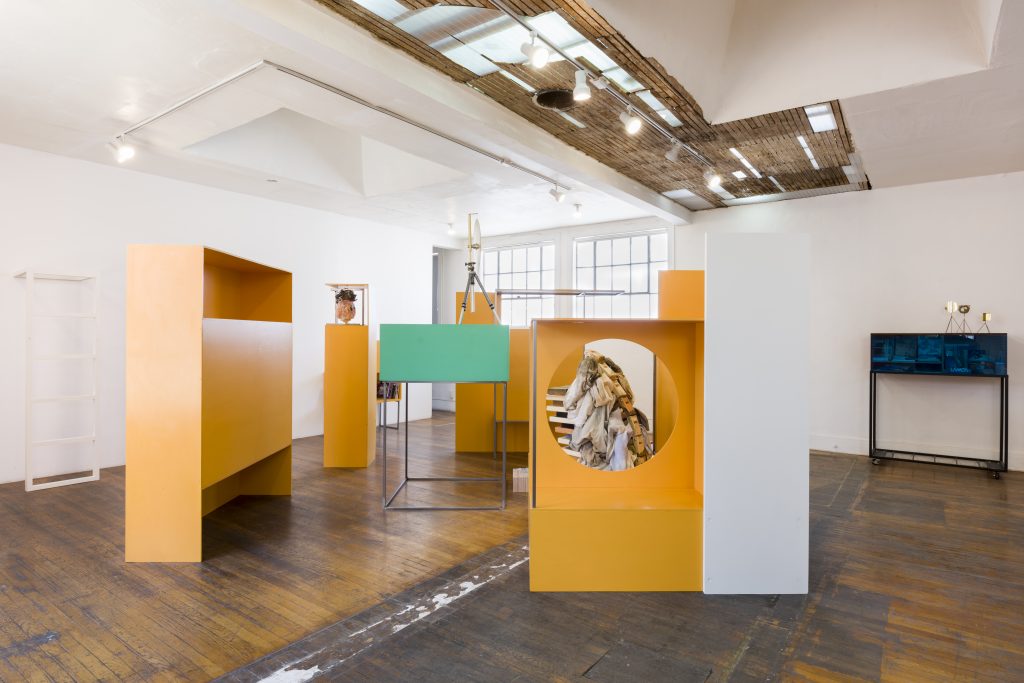
Installation view, Alice Könitz, Displays Systems of the Los Angeles Museum of Art Display System #7 (LAMOA DS7) (2019) at Commonwealth and Council, Los Angeles
Location: Los Angeles
Founded: 2010
Players: Directors Young Chung and Kibum Kim; artists Gala Porras-Kim, EJ Hill, Beatriz Cortez, Rafa Esparza
Vibe: All are welcome—the gallery’s Instagram bio is its door code.
So familial are the artists shown by Commonwealth & Council that, in the beginning, many pitched in to run the place. Gala Porras-Kim learned how to code in order to make the website and then built out the walls. EJ Hill tended bar at the first opening. Danielle Dean refused to take a cut of sales in order to keep the place afloat. And after a few years of bootstrapping, the gallery—founded by artists-slash-writers Young Chung and Kibum Kim—became a full-blown destination spot repping dozens of artists, many of whom have been feted in biennials at home and abroad.
“There was no grand plan necessarily—an intergenerational dialogue and community formed organically,” Kim said. “A genealogy of our program would probably look like a big rhizomatic root, as it’s now 33 artists strong. A gallery program emerged, along with a value system or ethos of sorts—to flourish collectively, to champion femme, queer voices, POC artists—which the artists formed together through osmosis. As corny as it sounds, Young always said, and still repeats to the artists, that “artists have the power.'”
During the pandemic, the gallery established two progressive initiatives. Council Fund asks collectors to contribute their typical discount to finance services like health insurance for the gallery’s artists. Commonwealth Trust is a pool of works to which the artists contribute; proceeds from sales are split evenly among the dealers and contributing artists. That kind of collective is about as communal as a gallery can get.
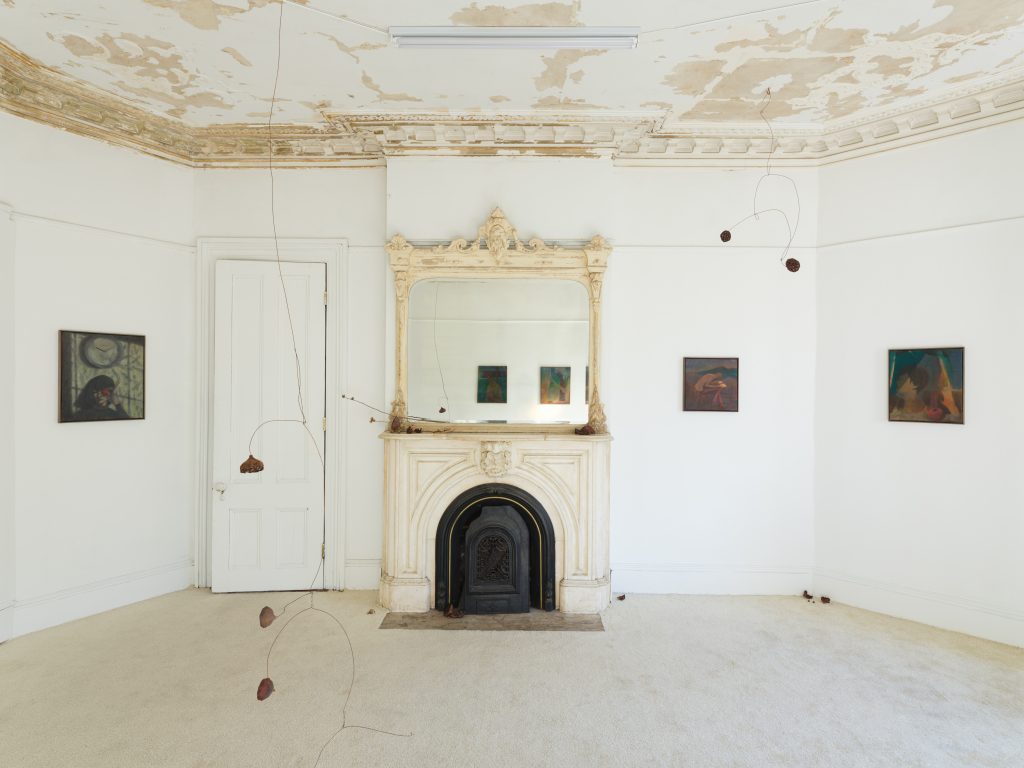
Installation view, Ernst Yohji Jaeger, “Lotosesser” at 15 Orient, Brooklyn, NY.
Location: Brooklyn
Founded: 2016
Players: Director Shelby Jackson; artists Justine Neuberger, Ernst Yohji Jaeger, Ben Schumacher
Vibe: Kreuzberg off the JMZ
An artist-run space that has claimed a sliver of the neighborhood between Bushwick and Bed-Stuy as its own, 15 Orient is a new kind of Brooklyn power gallery. It’s given many European artists who specialize in lush, woozy, post-Kai Althoff paintings their first stateside solo shows. But Shelby Jackson (cofounder of the gallery with Paul Gondry, who is no longer involved) throws a mean curveball when it comes to programming.
Earlier this year, he gave the space over to work by the late Serbian-Macedonian painter Ljiljana Blazevska. It was the first survey of her work outside Yugoslavia, and it was as hot as anything in town. Jackson said he ended up holding back a few paintings, priced between $16,000 and $30,000, but there was “enough interest to sell out the show a few times over.”
Jackson started 15 Orient at the suggestion of a few artist friends visiting from Germany. While its audience has expanded in the past five years, “it remains the case that our exhibitions are addressed primarily to other like-minded artists,” he said. “It’s important to us that the coherence of the program issues from the work itself and not just the social life surrounding the gallery.”
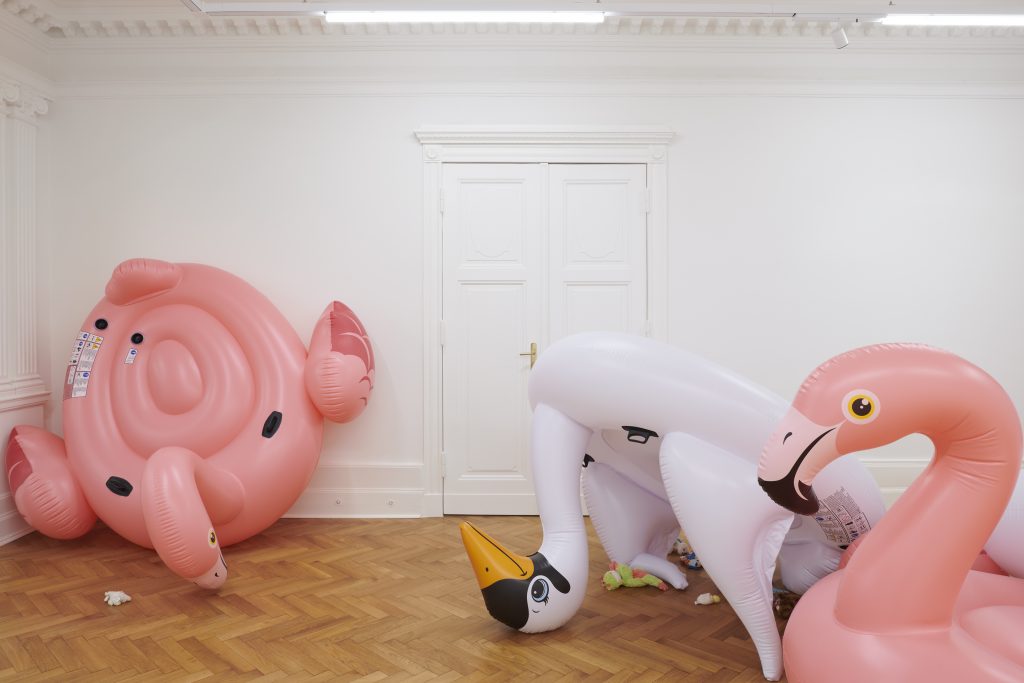
Installation view, “Darren Bader: eBay Sculpture” at Société, Berlin.
Location: Berlin
Founded: 2010
Players: Owner Daniel Wichelhaus; artists Bunny Rogers, Trisha Baga, Petra Cortright, Jeanette Mundt
Vibe: New Yorkers upstaging the Berlin cool kids
In some ways, Société is the antithesis of the typical Berlin gallery—a good chunk of the roster is American, and the work exists exuberantly outside the trends other German spaces are chasing (think: nostalgic landscapes, angsty figuration, impenetrable Neo-Expressionism). Daniel Wichelhaus, who founded the gallery with Hans Bülow, reps artists as wildly different as they come—from the wily conceptualist Darren Bader to young phenom Bunny Rogers to net-art pioneer and now IRL painter Petra Cortright.
“The gallery really started as a kind of hub for people I knew back then: artists, musicians, writers, and friends of mine who just started their jobs and were curious about the cultural production of their own generation,” Wichelhaus said. “We all just got out of school, and I went to New York all the time and then kind of brought parts of NYC to Berlin. We released records, published books, had screenings, projects, and exhibitions. The gallery developed in a kind of friends-of-friends sense and, of course, then grew internationally with the art fairs, institutional exhibitions, and magazines.”
Although not too many of the artists are based in Berlin, you may have spotted them at the Société party at Basel in September, always held at the Restaurant Schnabel—even though Wichelhaus doesn’t show that American artist.
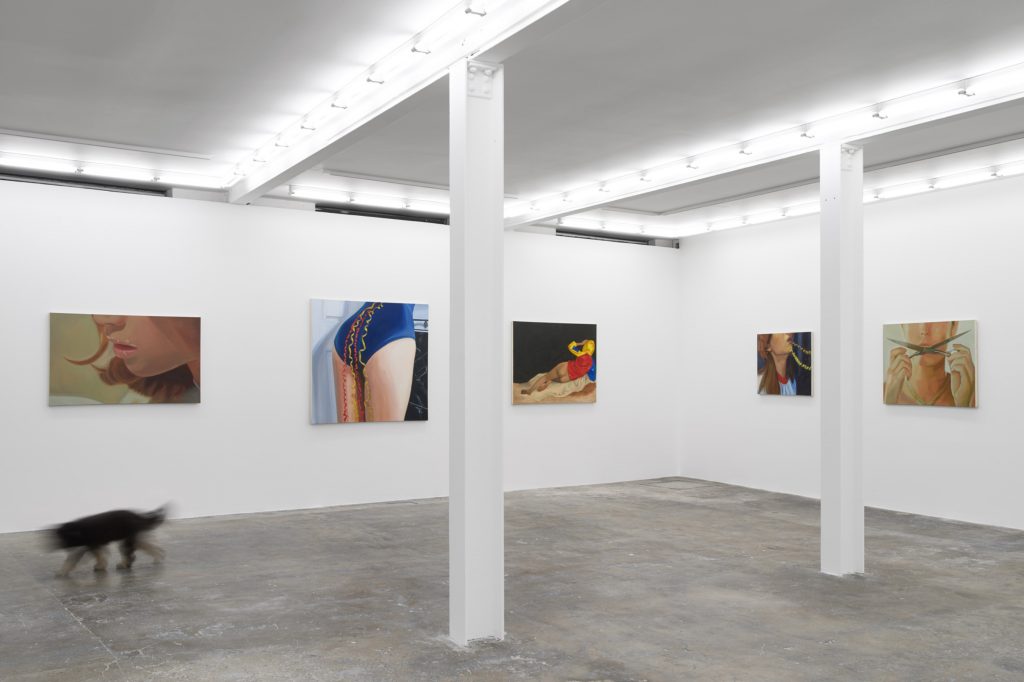
“Shannon Cartier Lucy, Cake on the Floor” Courtesy of Soft Opening, London.
Location: London
Founded: 2018
Players: Owner Antonia Marsh; artists Gina Fischli and Olivia Erlanger
Vibe: Mind the gap—and the art.
Curator Antonia Marsh put together more than 30 shows in various parts of London before settling in an unexpected place: a window display in a tube station at Piccadilly Circus. Her artists followed her, and she built up a strong coalition of sculptors and performance artists whose work can ably inhabit a gallery in a train station—though Soft Opening now also has a legit space in the East End.
Since tube stations don’t lend themselves to extended gatherings, “we’d all pile into a local pub after an opening, which created a much more relaxed atmosphere than a gallery for everyone to get to know each other,” Marsh said. “The community we built in the early days followed us to our new home in the East End, and those relationships remain fundamental to
the identity of the gallery.”
While the roster has since expanded to include international names, “our artists based overseas are still deeply involved in the everyday life of Soft Opening.” Check out the next show before taking the Bakerloo line to Elephant & Castle.
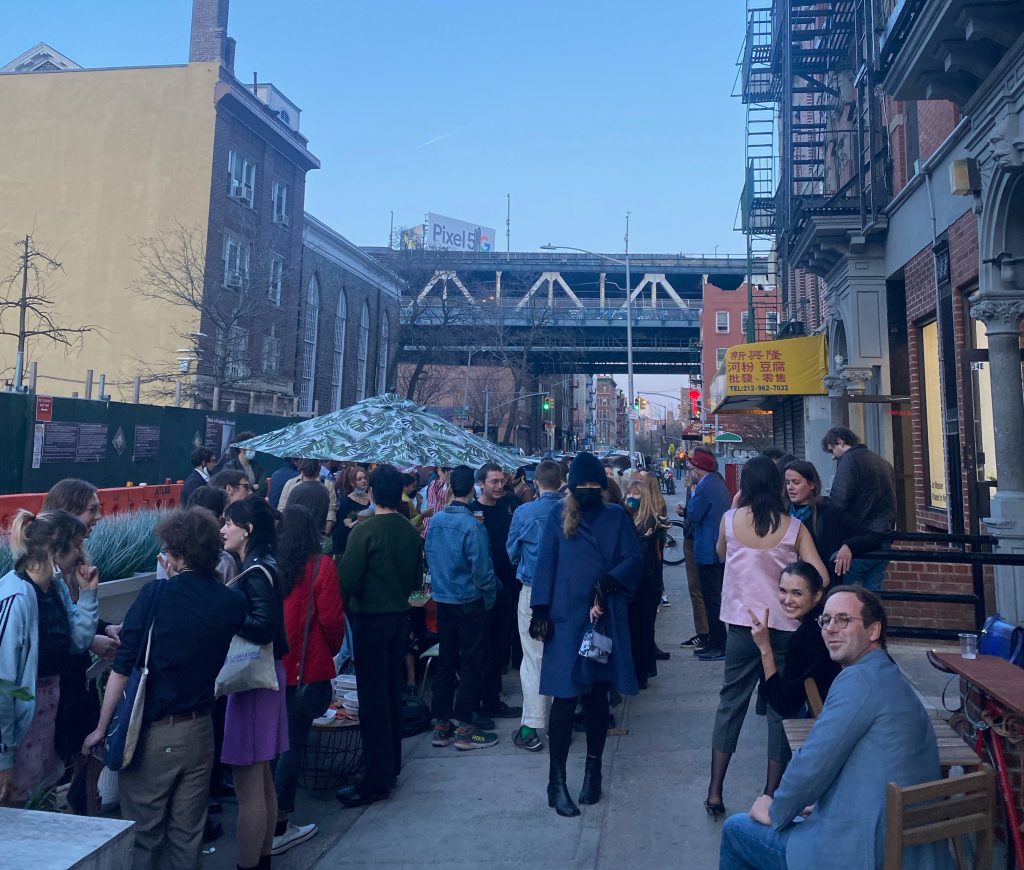
The crowd outside an opening. Courtesy of 56 Henry.
Location: New York
Founded: 2015
Players: Founder Ellie Rines, manager Era Myrtezaj, assistant Shan Huq; artists Cynthia Talmadge, LaKela Brown, Jo Messer
Vibe: The firepower of five galleries in a space that barely fits one
The gallery is tiny, and the back room is tinier. Regardless of when you drop by 56 Henry, the extended family spills out the door—owner Ellie Rines presiding over a crew that includes not only art handlers, artists, and collectors but also skaters lured in off the street, stray models, and the occasional movie star.
“People hang out at 56 Henry so often I’m not even sure you can call it a gallery,” Rines said. “A couple Fridays ago, I was at dinner and I overheard someone talking about going to a party underway at 56 Henry that I wasn’t even invited to.”
Gallery staffers Era Myrtezaj and Shan Huq are scene ambassadors of the highest order—and even managed to curate a killer group show this summer while leading the downtown set on an endless run of sweaty late nights and river parties.
What if a collector needs to see the show before hopping on a Blade out east and Rines is tied up? No problem: one of a dozen or so neighbors and friends can open up. “How many times have you gallery sat for us?” Rines reminded me. “Name five people who don’t have a key.”
A version of this article appeared in the fall 2021 Artnet Intelligence Report, available exclusively to Artnet News Pro members. To read more about the tech tools poised to revolutionize the art world, what the next generation of collectors is buying, and how much money NFTs are making for auction houses, download the full report here.